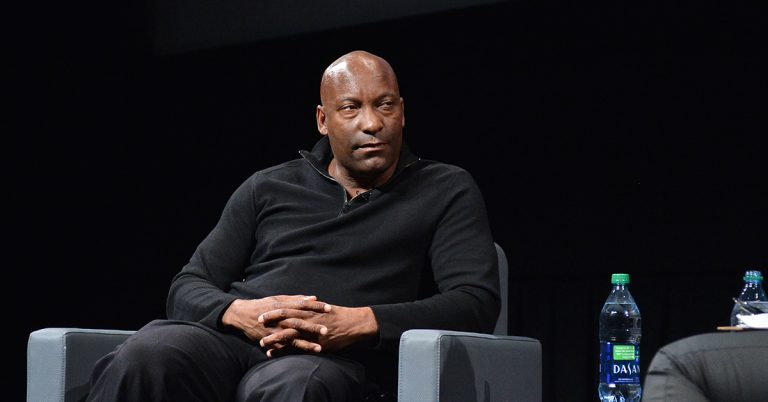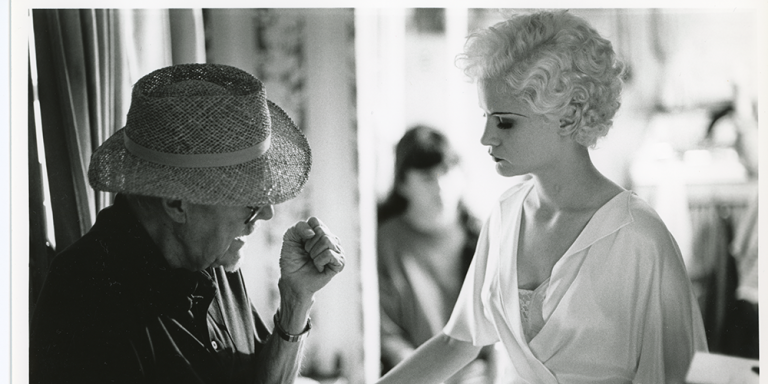
-
Updating Roman Jakobson’s ‘Poetic Function’ with Vector Semantics
Read more: Updating Roman Jakobson’s ‘Poetic Function’ with Vector SemanticsKurzynski discusses how poetry extends beyond sound and rhythm and taps into a deeper network of meanings.


Kurzynski discusses how poetry extends beyond sound and rhythm and taps into a deeper network of meanings.

Daniel Dufournaud reflects on the cultural impact of John Singleton, notably his portrayal of black masculinity.

by Lisa Dombrowski and Justin Wyatt Film director Robert Altman was one of the leading creative forces of the last great period of Hollywood filmmaking known as the New Hollywood or Hollywood Renaissance. Much critical analysis has addressed this early…